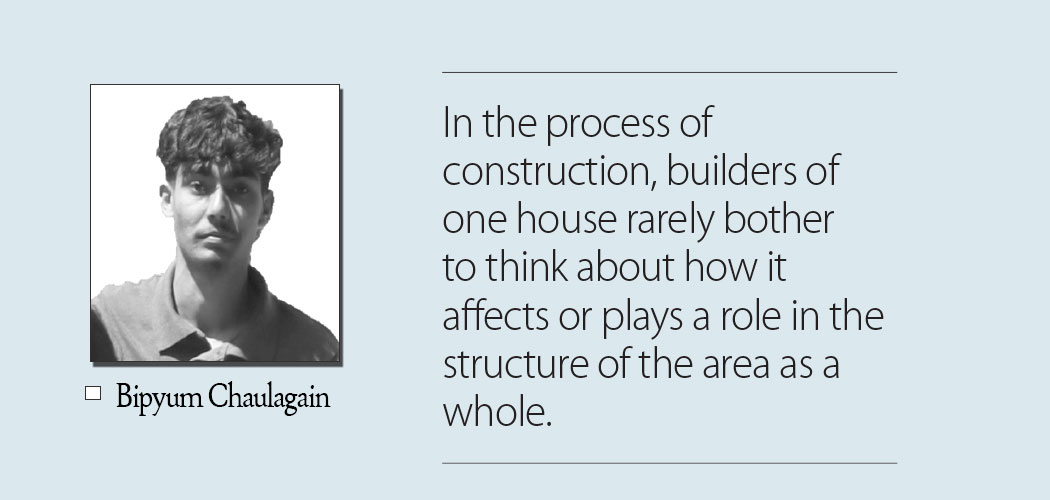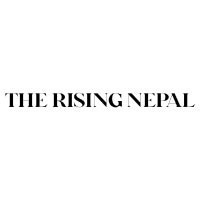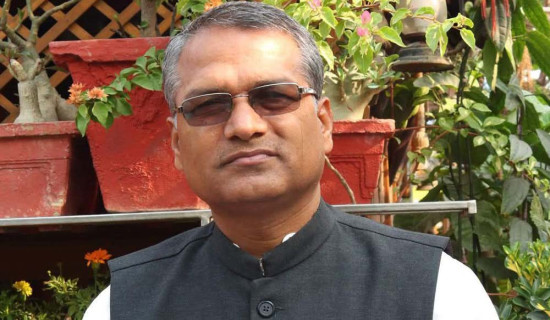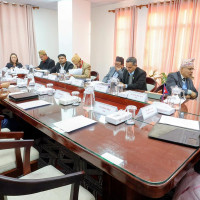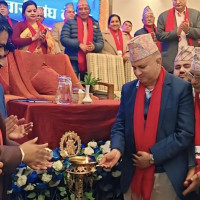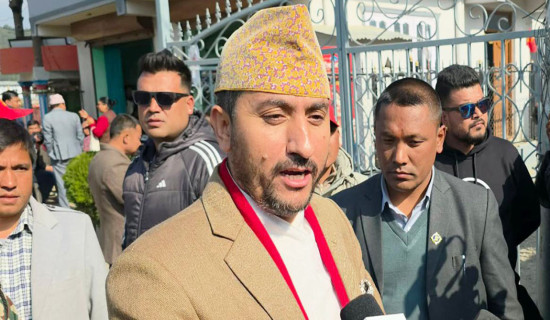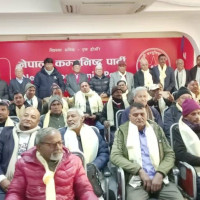- Saturday, 27 December 2025
Pitfalls Of Kathmandu Valley's Planning
Living in Kathmandu Valley is one of the most paradoxical experiences that an individual can live through during his or her lifetime. On one side, there is the easy availability of services, access to quality products and businesses, and plenty of entertainment options at the stretch of a hand. On the other hand, there exists the daily hassle of congested traffic, drains that overflow and pollute the streets, narrow streets that give way to neither vehicles nor pedestrians, crowded homes and outdated living systems, and stinking streets teeming with plastics and other waste.
Citizens should not be made to bear the inconveniences so that they can have access to a comfortable life. A nation’s capital should be the epitome of the entire country. The element of planning has been forgotten in the initial development of the Kathmandu Valley, and for decades, it has been run on the old models. It is a time for change, and this is the perfect moment to reimagine and resculpt the valley so that it can stand as the prime example of an Asian city with exquisite urban planning.
Concentration of services
Firstly, there should be a governmental push for the development of the outlying areas of the valley. Due to the concentration of services and facilities in the middle of the valley, people prefer to live near the centre to ensure that they can access such services quickly. This has not only led to the overcrowding at the centre of the valley but also to the sharp rise in prices of rent, groceries, and other services, making life difficult for everyone.
Because of this, developing the surrounding areas such as Kritipur, Chandragiri, Tokha, Kageshowri-Manohara, Changunarayan, Godawari, Nagarjun, etc., into major business hubs would ensure that the population within Kathmandu Valley would be proportionately distributed, making life easy and convenient for everyone. Strategies such as subsidies for the establishment of central offices of private companies in these areas could aid in the process.
Furthermore, in the present, the most common system of housing has been the renting of private house rooms to individuals. While commercial construction of apartments is slowly rising throughout the valley, it has failed to address the rising cost of rent and a lack of living spaces in the centre of the valley. One of the primary reasons why people prefer renting rooms instead of purchasing an apartment is the unaffordability of the apartments. The high cost of apartments restricts certain groups of people from living in such accommodations. To counter this, a couple of methods can be used: an abundance of apartment construction and low-interest loans for new apartment owners.
The government can contribute significantly to both methods. Firstly, there is no trend of governmental constriction of private apartments for rent or sale. However, such an initiative will allow the government to attract more people throughout the valley to the specific locations where they provide such apartments. So if the government initiates such activity, then it will automatically entice private builders. When masses of people shift to the surrounding areas of the valley, it will lead to the development of those areas into massive business hubs similar to how the central areas of the Kathmandu Valley are today.
Besides the issue of housing, there also exist other problems that individuals face daily, namely traffic congestion, poor drainage, and deplorable waste management. Traffic policemen are overloaded with work during peak hours in the morning and evening. Lack of sufficient alternative routes and essential construction contribute heavily to the problem. The possibility of road expansion must be studied in critical areas of the ring road.
Also, the construction of overpasses and underpasses should be developed in areas such as New Road, the Koteshwor-Thapathali corridor, and even the Thamel area. Traffic congestion relates heavily to the problem of concentrated service areas discussed earlier. As more people need to get to the same destination at the same time of day to access the same services, traffic congestion is bound to happen.
Poor drainage
Similarly, the issue of poor drainage and sanitation also makes life inconvenient for the citizens. During heavy torrential rains, many streets of the valley flood with rainwater, entering houses and damaging goods. Most houses and housing societies have been made with an individual focus in mind. In the process of construction, builders of one house rarely bother to think about how it affects or plays a role in the structure of the area as a whole. As such, drainage systems are not coordinated, leading to flooded streets. Authorities need to reconsider the urban planning within the valley and consider elements such as the drainage, sanitation, and house locations.
Likewise, the presence of unmanaged waste in the streets is another problem generated by poor urban planning. However, this cannot only be attributed to poor urban planning but also to a cultural element. The presence of dustbins and regular waste collection is available in almost every part of the valley, but still, one can see waste here and there. Here, one must question the values and habits of the people themselves. Littering is frowned upon in Nepal. However, many people do not think twice before dropping wrappers in the streets or even spitting openly. There is a need for the addition of a rigid cultural element that judges and forbids individuals from committing such acts. It will not only enhance the individual personality of the individuals but also aid in improving the living conditions within the valley.
(Chaulagain is a freelancer.)

